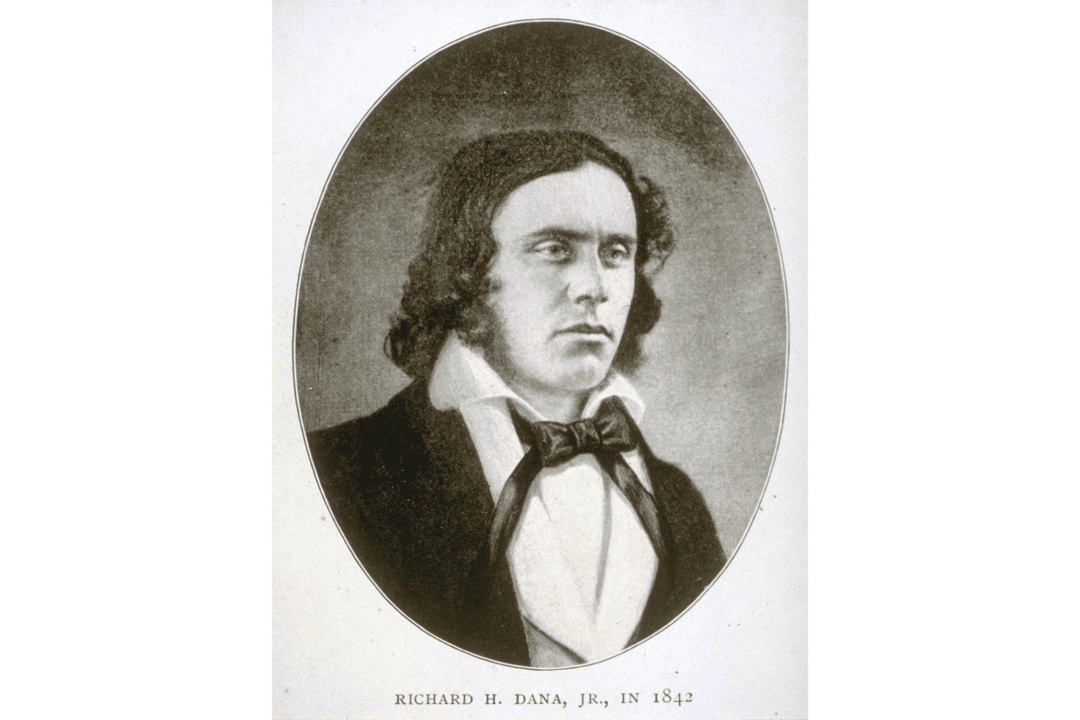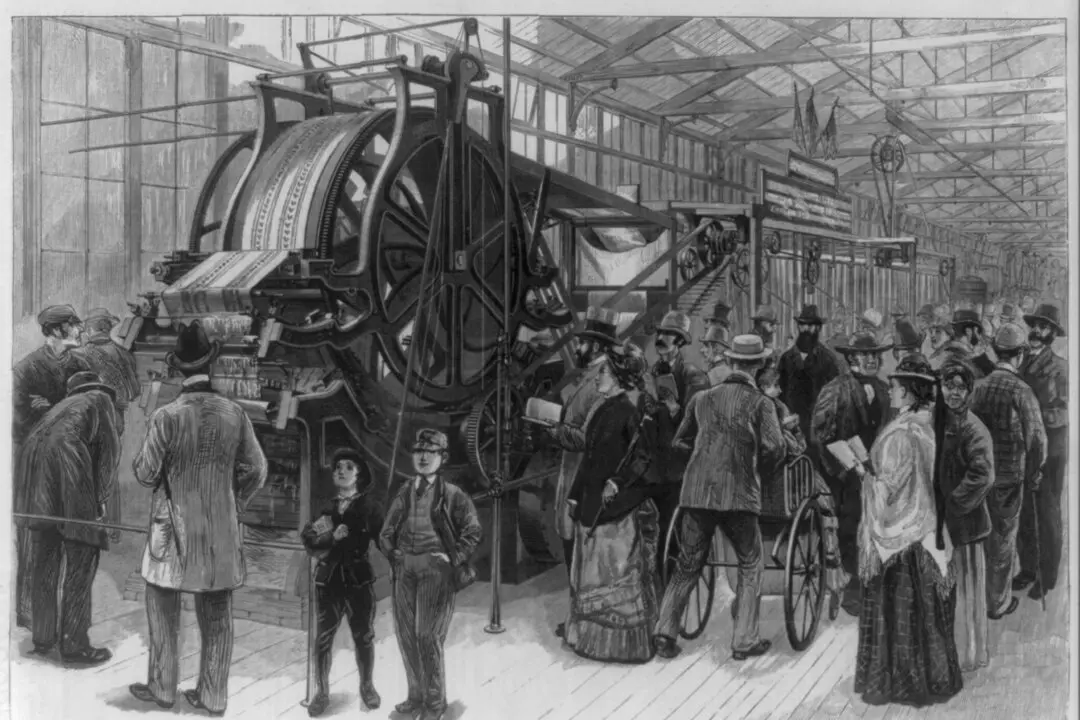Richard Henry Dana felt an urge for adventure at a young age. This thirst for adventure, combined with a problem with his vision, prompted him to leave his studies at Harvard for a journey on the high seas. He gained fame through his written accounts from a sailor’s perspective of traveling on a ship from Boston to the shores of California when it was still a province of Mexico. After a two-year journey, Dana became a prominent lawyer who fought for working-class sailors and freed slaves.
Early Years
Richard Henry Dana, Jr. was born in Cambridge, Massachusetts in 1815 to an established colonial family that had lived in America since the 17th century. His father, Richard Henry Dana, Sr., was a renowned critic and poet who taught his son to appreciate literature at a young age.In 1831, Dana decided to enroll in Harvard to study law. But during his freshman year, a student protest erupted and his rowdy classmates caused damage to the campus. Since Dana refused to tell on his peers and get them in trouble, the school suspended several students, including Dana, for six months.






